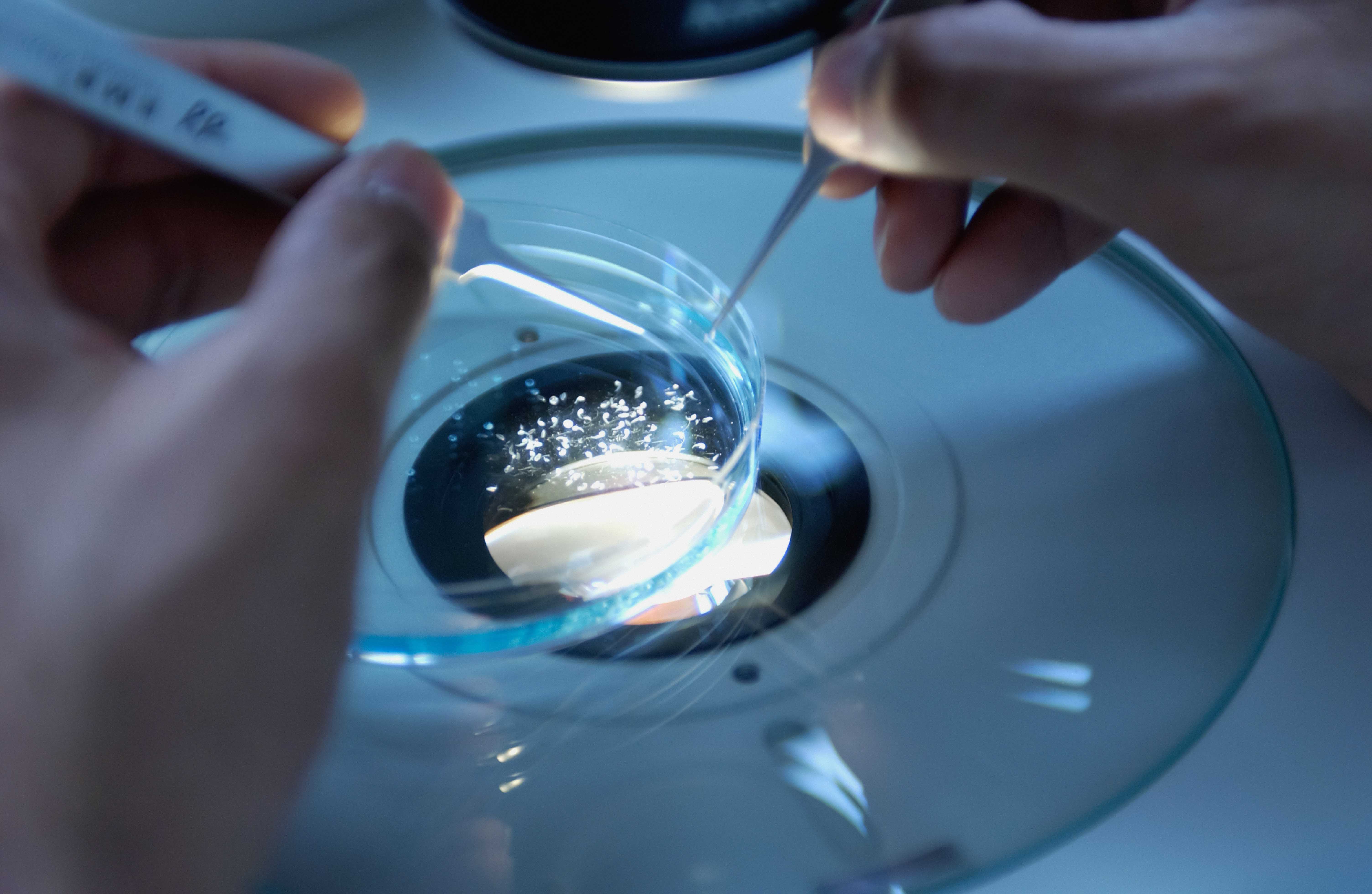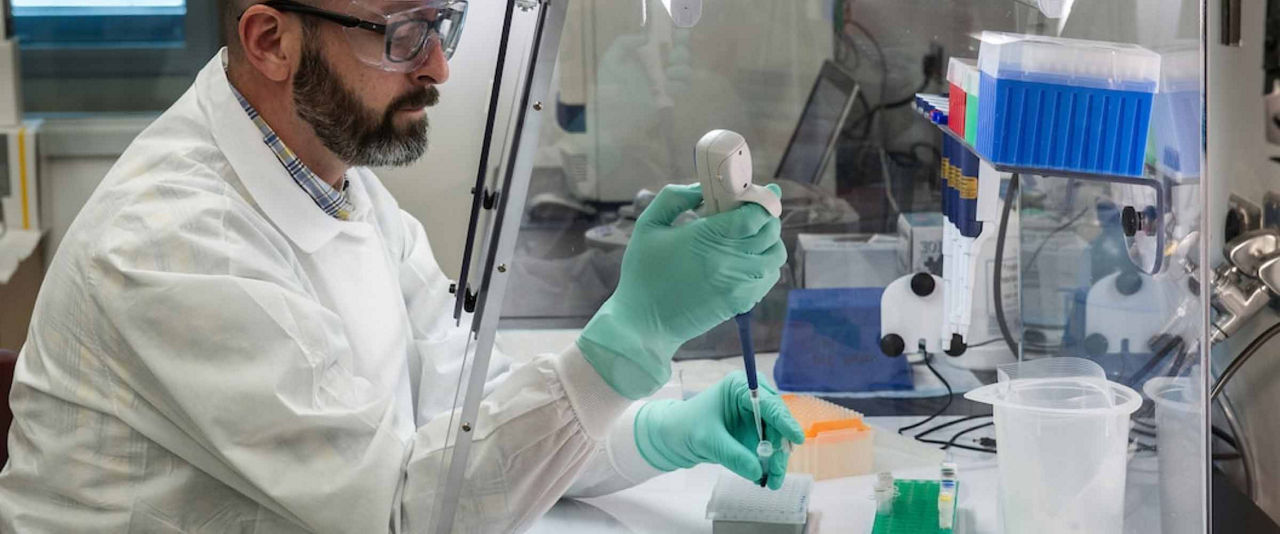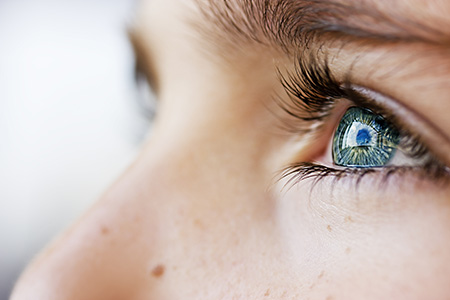 Vision researchers are very familiar with several mutations which can affect sight in mice. Chang et al. cataloged 16 separate mutations causing retinal degeneration. Two of the better known mutations are Pde6brd1 (commonly called rd1) and Crb1rd8 (commonly called rd8). The rd1 mutation is present in a number of inbred strains, such as FVB and SJL, and causes blindness by weaning age. The rd8 mutation is present in C57BL/6N sublines, including C57BL/6NTac, and causes a slow retinal degeneration.
Vision researchers are very familiar with several mutations which can affect sight in mice. Chang et al. cataloged 16 separate mutations causing retinal degeneration. Two of the better known mutations are Pde6brd1 (commonly called rd1) and Crb1rd8 (commonly called rd8). The rd1 mutation is present in a number of inbred strains, such as FVB and SJL, and causes blindness by weaning age. The rd8 mutation is present in C57BL/6N sublines, including C57BL/6NTac, and causes a slow retinal degeneration. Savvy scientists select inbred strains and GEMs on particular genetic backgrounds to avoid confounding vision mutations for experiments where sight is relevant1.
There are additional sight-affecting mutations which may not be as well known, but which can have confounding effects in certain studies. Mutations in Rpe65, in particular, contribute to light-induced photoreceptor damage, but are often overlooked during the model selection process.
How Can Rpe65 Mutations Affect Vision?
The Rpe65 gene produces an enzyme expressed in the retinal pigment epithelium (RPE). RPE65 is involved in the regeneration of functional visual pigment (rhodopsin). Mutations in Rpe65 are associated with a number of human diseases, including autosomal recessive retinitis pigmentosa2. A naturally occurring mutant in Rpe65 called rd12 (Rpe65rd12) was discovered in a colony of B6.A-H2-T18a/BoyEg mice; this mutation causes functional deficiencies as measured by rod electroretinography3.The Rpe65rd12 mutation is not widespread, but at least two naturally occurring alleles of Rpe65 have been characterized in inbred strains which may impact vision. Prolonged light exposure can cause damage to mouse photoreceptors, particularly in albino animals; the Rpe65450M allele (found in the C57BL/6J and C57BL/6J-Tyrc-2J strains) was found to be protective against this damage, and the Rpe65450L allele (found in the BALB/cByJ and 129X1/SvJ strains) was not, resulting in loss of photoreceptor cells. The proteins expressed from the Rpe65450M and Rpe65450L alleles produce different kinetics for rhodopsin regeneration4-7.
Which Animal Model Strains Carry Rpe65 Variants?
Little work has been done to characterize which allele is present in other inbred strains, but vision researchers should be aware of this difference if they compare C57BL/6 mice to BALB/c or 129 mice. Researchers using mice on mixed backgrounds consisting of C57BL/6 and BALB/c or C57BL/6 and 129 should be aware of the possibility that both alleles may be segregating in the population. Individual mice could be any one of the following genotypes in such a situation:- Rpe65450L/Rpe65450L
- Rpe65450L/Rpe65450M
- Rpe65450M/Rpe65450M






.jpg)
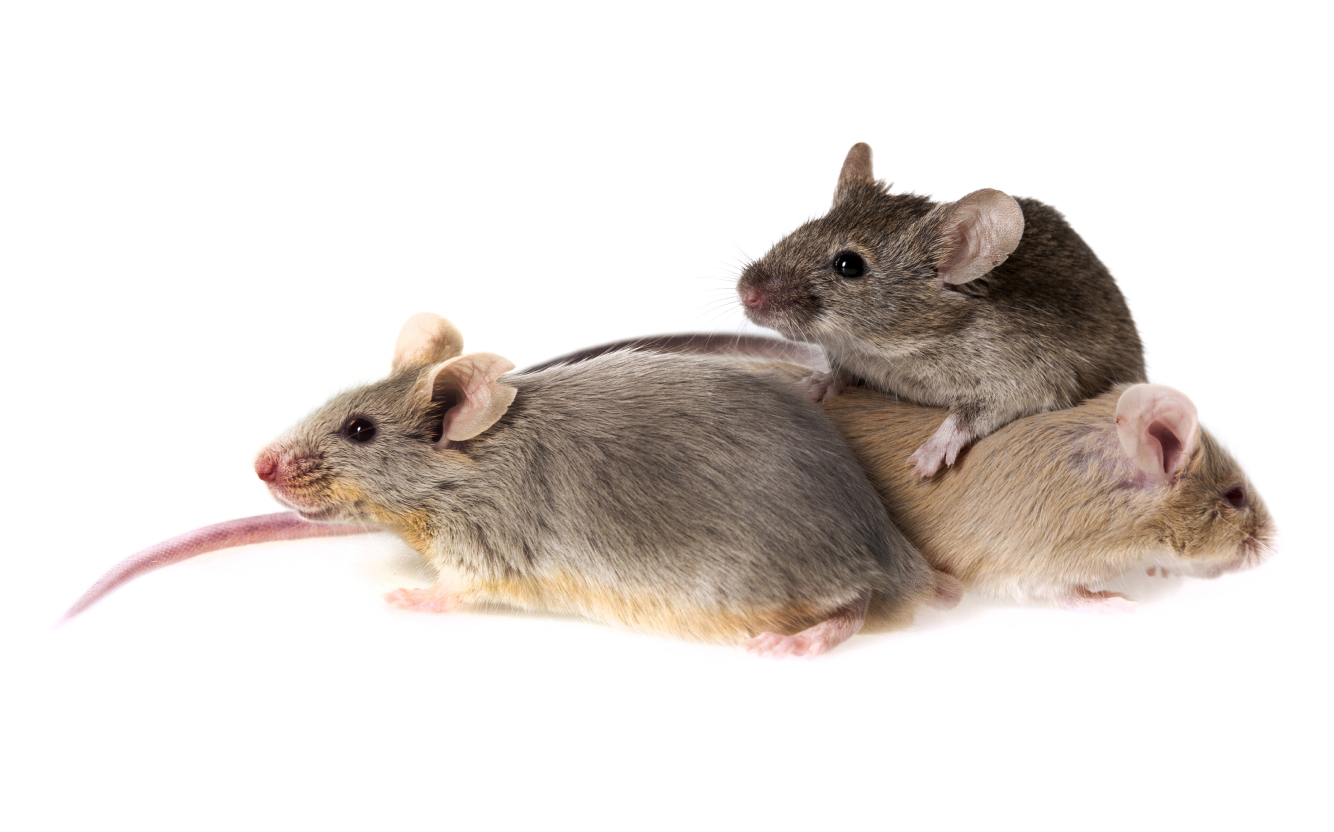
.jpg)
.jpg)
.jpg)
.jpg)





.jpg)
.jpg)


.jpg)
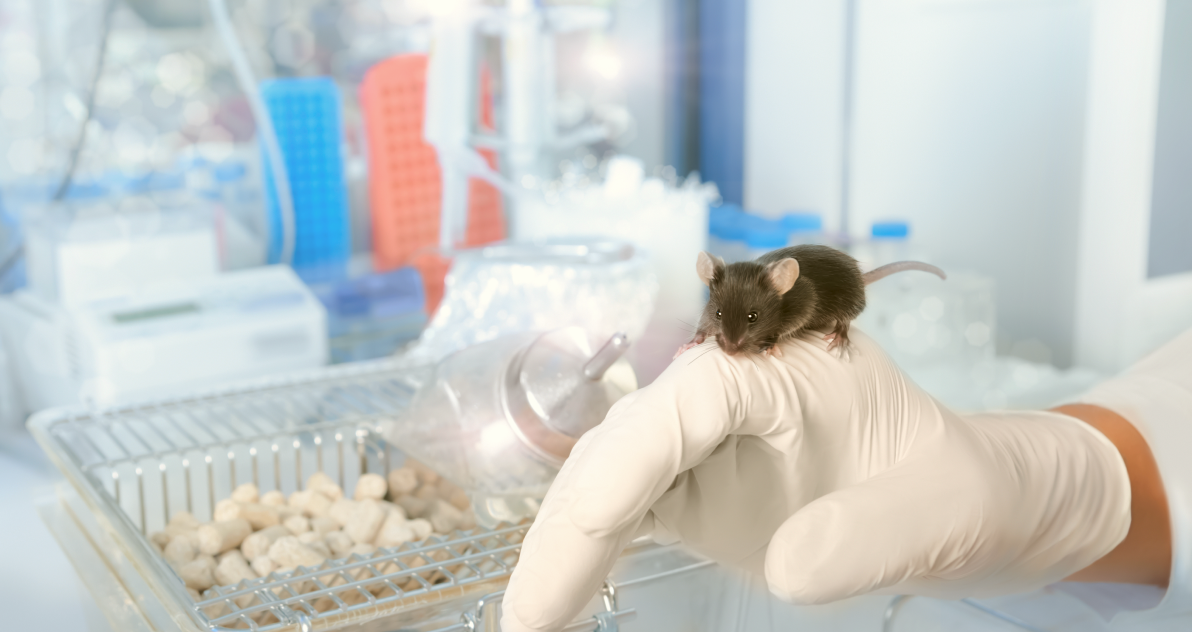
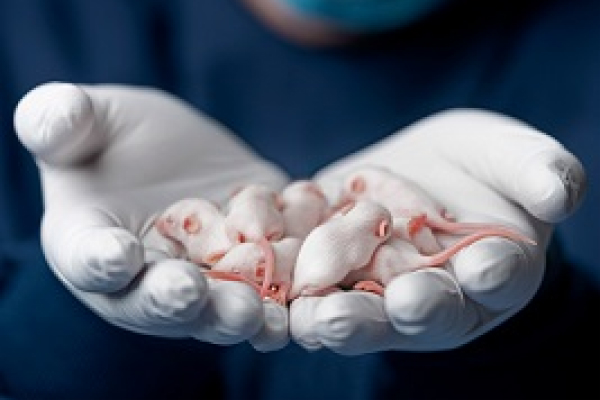

.jpg)




.jpg)

.jpg)
.jpg)
